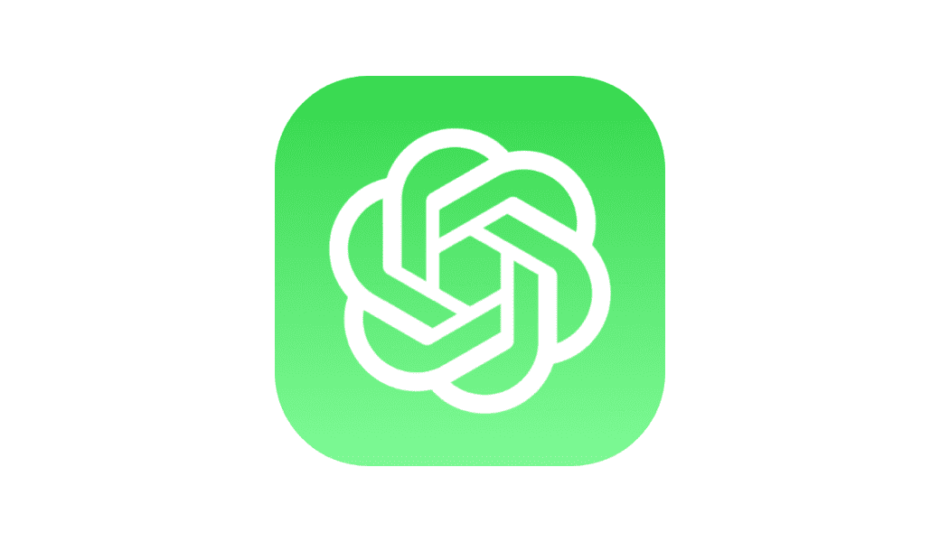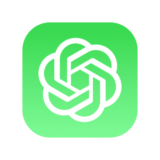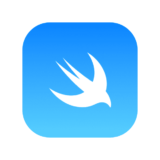In the world of Swift programming, understanding optional binding is like being a skilled Pokémon trainer. Just as trainers need to check if a Poké Ball contains a Pokémon or is empty, developers use optional binding to determine if an optional variable holds a value or is nil. In this blog post, we’ll delve into the concept of optional binding using Pokémon-themed examples that will make it easy for anyone, even a 10-year-old, to grasp this fundamental Swift feature.
Contents 非表示
What are Optionals?
Optionals in Swift are special containers that can hold a value or be empty (nil). They allow developers to handle situations where a variable might not have a value. Think of an optional as a Poké Ball, which can either contain a Pokémon or be empty.
Optional binding is the technique Swift developers use to unwrap an optional and check if it holds a value. It helps determine if the Poké Ball has a Pokémon inside or if it’s empty, enabling us to perform different actions based on the result.
Example 1: Pikachu in the Poké Ball
Imagine you’re a Pokémon trainer and you find a Poké Ball. You want to check if it contains Pikachu. Here’s how optional binding helps:
var pokeBall: String? = "Pikachu"
if let pokemon = pokeBall {
print("You caught a \(pokemon)!") // Output: You caught a Pikachu!
} else {
print("The Poké Ball is empty. Keep searching!")
}In this example, we check if the pokeBall optional has a value. If it does, we assign its value to the new variable pokemon and celebrate the catch. If it’s nil, we know the Poké Ball is empty and continue our search.
Example 2: Empty Poké Ball
Sometimes, we encounter empty Poké Balls. Let’s see how optional binding handles this scenario:
var pokeBall: String? = nil
if let pokemon = pokeBall {
print("You caught a \(pokemon)!")
} else {
print("The Poké Ball is empty. Keep searching!") // Output: The Poké Ball is empty. Keep searching!
}In this case, since pokeBall is nil, the optional binding condition fails, and we enter the else block to acknowledge the empty Poké Ball.
Additional Examples and Explanation
Optional binding can be used in various scenarios, such as handling user inputs, API responses, or accessing optional properties. For instance:
// Handling user input
let userInput: String? = "Pikachu"
if let input = userInput {
print("You entered: \(input)") // Output: You entered: Pikachu
} else {
print("No user input found.")
}
// API response
let apiResponse: Int? = 200
if let statusCode = apiResponse {
print("API response status code: \(statusCode)") // Output: API response status code: 200
} else {
print("No valid API response.")
}
// Optional property access
struct Trainer {
var name: String?
}
let ash = Trainer(name: "Ash")
if let trainerName = ash.name {
print("Trainer's name: \(trainerName)") // Output: Trainer's name: Ash
} else {
print("No trainer name available.")
}Conclusion
Understanding optional binding is crucial for any Swift developer, just as it’s vital for Pokémon trainers to know if a Poké Ball contains a Pokémon. By using optional binding, developers can safely unwrap optionals and handle scenarios where a value may be missing. Remember, in Swift, optionals are like Poké Balls that can either hold a value or be empty. By utilizing optional binding, you can check if an optional has a value and safely access that value without causing runtime errors.
Whether you’re validating user input, processing API responses, or accessing optional properties, optional binding is your go-to technique. It allows you to handle both scenarios where a value exists and cases where an optional is empty, ensuring your code remains robust and reliable.
So, young trainer, remember to master the art of optional binding in Swift. Just like capturing Pokémon, it will empower you to handle different situations gracefully, making you a skilled developer on your path to becoming a programming champion.
Happy coding and Pokémon hunting! Keep exploring and reaching new heights in the exciting world of Swift development. Stay determined, just like a true Pokémon trainer!


